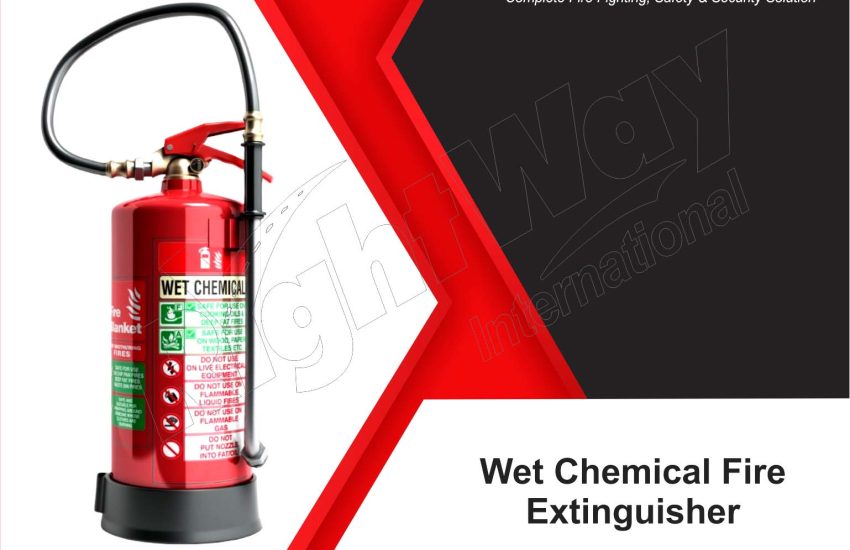Wet Chemical Fire Extinguisher Simple Guide: are essential tools designed specifically to combat kitchen and cooking-related fires. This article will delve into what wet chemical fire extinguishers are, how they work, their applications, and maintenance tips, ensuring you understand their critical role in fire safety.
What is a Wet Chemical Fire Extinguisher?
A wet chemical fire extinguisher is a specialized firefighting device that utilizes a chemical agent to suppress fires, particularly those involving cooking oils and fats (Class K fires). The wet chemical agent is typically a potassium-based solution that forms a soapy foam when it comes into contact with hot oils, effectively extinguishing the flames.
How Wet Chemical Fire Extinguishers Work
Wet chemical fire extinguishers operate by cooling and smothering the fire. Here’s how they function:
- Cooling Effect: The wet chemical cools the burning material, lowering the temperature below its ignition point.
- Saponification: The agent reacts with the cooking oil to form a thick foam that seals the surface and prevents oxygen from reaching the fire.
- Oxygen Displacement: The foam also displaces oxygen, effectively smothering the fire.
Advantages of Wet Chemical Fire Extinguishers
- Designed for Kitchen Fires: Specifically effective against Class K fires, which involve cooking oils and fats.
- Minimal Residue: Leaves a minimal amount of residue, making post-fire cleanup easier compared to dry chemical extinguishers.
- Rapid Action: Quickly suppresses flames, reducing the risk of re-ignition.
Applications of Wet Chemical Fire Extinguishers
Wet chemical fire extinguishers are commonly used in:
- Commercial Kitchens: Ideal for restaurants, cafeterias, and food preparation areas.
- Catering Events: Essential for temporary kitchens and food service setups.
- Food Processing Plants: Provides fire safety where cooking oils are present.
Standards and Regulations
Compliance with established standards is crucial for the effectiveness and safety of wet chemical fire extinguishers. Key standards include:
- NFPA (National Fire Protection Association): Provides guidelines for fire extinguisher use and maintenance.
- ISO (International Organization for Standardization): Sets international standards for fire safety equipment.
- UL (Underwriters Laboratories): Certifies fire extinguishers for performance and safety.
Choosing the Right Wet Chemical Fire Extinguisher
When selecting a wet chemical fire extinguisher, consider the following factors:
- Capacity: Ensure the extinguisher is appropriately sized for the kitchen or cooking area it will serve.
- Mounting Options: Install in easily accessible locations, following local fire safety regulations.
- Extinguisher Ratings: Verify that the extinguisher is rated for Class K fires.
Maintenance and Safety Tips
To maintain the effectiveness of wet chemical fire extinguishers:
- Regular Inspections: Conduct monthly checks for pressure, leaks, and overall condition.
- Annual Servicing: Have extinguishers professionally serviced at least once a year.
- Training: Provide training for kitchen staff on the proper use of wet chemical extinguishers.
Conclusion
Wet Chemical Fire Extinguisher Simple Guide: are crucial for fire safety, especially in environments where cooking oils and fats are present. Understanding their function, applications, and maintenance practices is essential for effective fire prevention and response. By adhering to safety standards and ensuring regular training, you can enhance safety in your kitchen or food preparation area.


